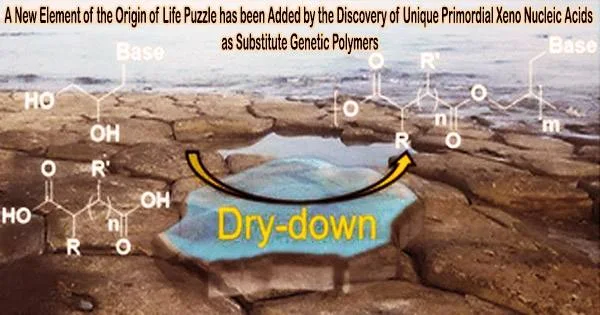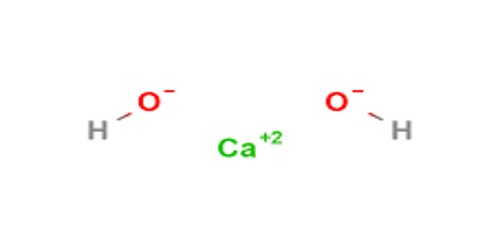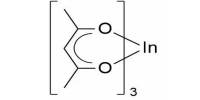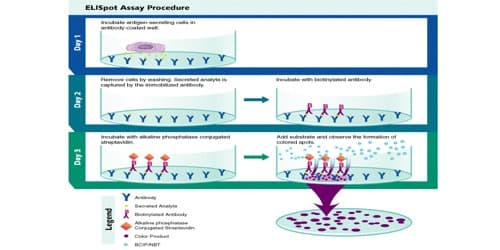Scientists have been attempting to solve the conundrum of the chemical origin of life on Earth for many years. The origin of life and the possible chemical and climatic conditions on the early Earth have been the subject of numerous speculations.
Abiotic synthesis of genetic polymers materials comprised of a series of repeating chemical units with the capacity to store and transmit information through base-pairing interactions is a step necessary in a number of these ideas.
One such possibility is the RNA (ribonucleic acid) world hypothesis, which is based on this idea and contends that RNA may have been the first biopolymer used by life to store and transmit genetic information as well as catalyze reactions.
However, investigations have shown that RNA polymerization would not have been effective in the absence of chemical activation of RNA monomers in the absence of specialized conditions like lipid- or salt-assisted synthesis or mineral templating.
Primitive chemical systems were highly diverse and could not have been as clean to only include RNA and lipids, suggesting that other types of primitive nucleic acid polymerization may have also taken place. This does not necessarily make the RNA world hypothesis less likely, though.
One of the major hypotheses suggests that perhaps a different type of nucleic acid, termed “pre-RNA,” could have preceded RNA on early Earth.
Therefore, a potentially fruitful approach to figuring out the origins of genetic polymers is to look into other, as of yet undiscovered, prebiotic mechanisms of synthesis of non-RNA nucleic acids (or nucleic acid-like polymers) that may have existed on early Earth, such as co-polymerization of monomers of alternating nucleoside analogs with linker molecules.
A team of researchers from Tokyo Institute of Technology, led by Research Scientist Ruiqin Yi, took up the task of examining such co-polymerizations in a non-RNA-based prebiotically relevant genetic polymer candidate.
We found that not only could non-canonical xeno nucleic acids be formed through simple dehydration of two types of abundant primitive molecules (GNA and DCA), but also that these polymers (which contain two types of complementary bases) could have had useful information storage properties. We’re now in the process of diving deeper into the potential functions of these co-polymers and hope to uncover more answers to questions about the types of polymers that could have existed and functioned on early Earth.
Dr. Ruiqin Yi
In their recent breakthrough published in Chemical Communications, the team explored alternating co-polymerization of glycol nucleic acid (GNA) monomers with substituted and unsubstituted dicarboxylic acids (DCA) under primitive dry-down conditions to produce both linear and branched xeno nucleic acid co-polymers.
“Research suggests that putative pre-RNA molecules could be assembled from monomers with linkers that potentially served to conjoin other functional polymers to form macromolecular hybrid structures,” explains Dr. Yi. “This additional chemical interconnectivity not only increases the complexity of the polymers, but also may have imparted them with novel or emergent functions. Such polymer co-synthesis can potentially help trace the origin of primitive genetic molecules back to an era before enzymatic catalysis or RNA.”
To investigate the co-synthesis of polymers, GNA monomers N1-(2′,3′- dihydroxypropyl)thymine (DHPT) or N9-(2,3-dihydroxypropyl)adenine (DHPA) (which contain the thymine and adenine bases observed in modern DNA and RNA, respectively) were reacted with a range of substituted and unsubstituted DCAs via dehydration synthesis to form ester bonds capable of connecting the GNA components with the DCA components.
In order to determine the kinds of products that might be created, the molecules of the manufactured product were then exposed to matrix-assisted laser desorption ionization time-of-flight mass spectrometry (MALDI-ToF-MS).
According to the findings, reactions with unsubstituted DCAs created alternating linear co-polymers, while those with substituted DCAs generated both linear and branching co-polymers. In each case, the end products were made up of a polydisperse population of polymers of various lengths.
Products of variable lengths could be produced by adjusting the content of the DCA or GNA, the reaction temperature, or the reaction pH. The degree of branching in the resultant polymers was shown to be influenced by the DCA/GNA ratio when MS/MS analysis was used to “sequence” the polymers. Higher DCA/GNA ratios led to greater branching, whereas lower ratios led to more linear polymers.
Last but not least, the group discovered that the combined reaction of DHPT and DHPA with -tartaric acid resulted in the production of a random sequence of polymers made up of both types of bases (thymine and adenine), which are normally able to base-pair. These results suggest a possible method for this system to generate short-chained polymers that can couple bases to transmit genetic information, much like RNA or other primitive nucleic acids.
Thus, the findings of this study imply that both branched and linear GNA-DCA-based xeno nucleic acid co-polymers might have been abundant on early Earth if the stock of prebiotic organic molecules had a diverse composition, and that straightforward differences in the chemical composition could have caused population-level differences in abundance of branched vs. linear informational polymers.
For instance, branching polymers would have predominated in situations where there were less GNA monomers than DCA molecules, which may have been associated to the existence of globular protoenzymes based on hyperbranched polymers.
On the other hand, in environments where there were more GNA monomers than DCA molecules, a population of highly diverse linear polymers that could store and transmit genetic information would have predominated. This could have led to further selection and evolution that produced nucleic acids with novel functions.
“We found that not only could non-canonical xeno nucleic acids be formed through simple dehydration of two types of abundant primitive molecules (GNA and DCA), but also that these polymers (which contain two types of complementary bases) could have had useful information storage properties. We’re now in the process of diving deeper into the potential functions of these co-polymers and hope to uncover more answers to questions about the types of polymers that could have existed and functioned on early Earth,” concludes Dr. Yi.
















